
The ZX Spectrum is an 8-bit home computer developed and marketed by Sinclair Research. Considered one of the most influential computers ever made, it is also one of the best-selling British computers ever, with over five million units sold. It was released in the United Kingdom on 23 April 1982, and around the world in the following years, most notably in Europe, the United States, and Eastern Bloc countries.
Ashby Computers and Graphics Limited, trading as Ultimate Play the Game, was a British video game developer and publisher, founded in 1982, by ex-arcade video game developers Tim and Chris Stamper. Ultimate released a series of successful games for the ZX Spectrum, Amstrad CPC, BBC Micro, MSX and Commodore 64 computers from 1983 until 1987. Ultimate are perhaps best remembered for the big-selling titles Jetpac and Sabre Wulf, each of which sold over 300,000 copies in 1983 and 1984 respectively, and their groundbreaking series of isometric arcade adventures using a technique termed Filmation. Knight Lore, the first of the Filmation games, has been retrospectively described in the press as "seminal ... revolutionary" (GamesTM), "one of the most successful and influential games of all time" (X360), and "probably ... the greatest single advance in the history of computer games" (Edge).
Sinclair BASIC is a dialect of the programming language BASIC used in the 8-bit home computers from Sinclair Research, Timex Sinclair and Amstrad. The Sinclair BASIC interpreter was written by Nine Tiles Networks Ltd.

The Quill is a game creation system for text adventures. Written by Graeme Yeandle, it was published on the ZX Spectrum by Gilsoft in December 1983. Although available to the general public, it was used by several games companies to create best-selling titles; over 450 commercially published titles for the ZX Spectrum were written using The Quill.

3D Monster Maze is a survival horror computer game developed from an idea by J.K. Greye and programmed by Malcolm Evans and released in 1981 for the Sinclair ZX81 platform with the 16 KB memory expansion. The game was initially released by J. K. Greye Software in December 1981 and re-released in 1982 by Evans' own startup, New Generation Software. Rendered using low-resolution character block "graphics", it was one of the first 3D games for a home computer, and one of the first games incorporating typical elements of the genre that would later be termed survival horror.

Crash, stylized as CRASH, is a magazine dedicated to the ZX Spectrum home computer, primarily focused on games. It was published from 1984 to 1991 by Newsfield Publications Ltd until their liquidation, and then until 1992 by Europress. It was relaunched as a quarterly A5 magazine in December 2020 with the backing of the original founders.

Underwurlde is a 1984 action-adventure platform video game in the Sabreman series by Ultimate Play the Game for the ZX Spectrum and Commodore 64. The player controls the adventurer Sabreman as he jumps between platforms in a castle and its caverns to find an escape past the exit guardians. Underwurlde features about 600 flip screen areas. Unlike other games of its time, Sabreman is not injured when touched by enemies and is instead knocked backwards. Underwurlde is the second game in the series, between Sabre Wulf and Knight Lore, and released shortly before the latter for the ZX Spectrum in late 1984. Another developer, Firebird, ported the game to the Commodore 64 the next year.
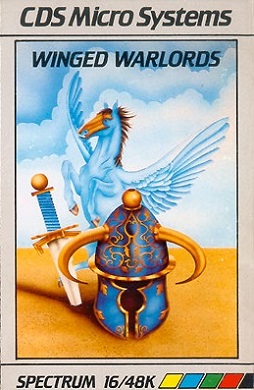
Winged Warlords is a ZX Spectrum game which was published by CDS Microsystems in 1983. It is a clone of Joust in terms of level design and gameplay. The graphics are different, with the ostrich mounts being replaced with winged horses.
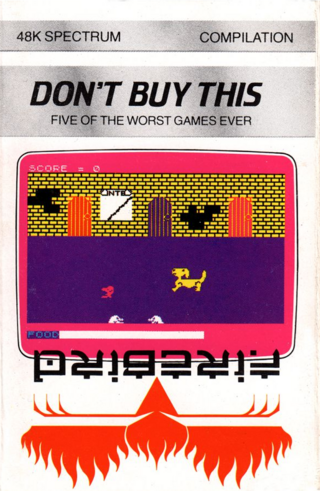
Don't Buy This is a compilation of video games for the ZX Spectrum released on 1 April 1985. As described on the box, it contains five of the poorest games submitted to publisher Firebird. Instead of rejecting the submissions, they decided to mock the original developers by releasing them together and publicly brand it as "unoriginal" and "awful". Firebird even disowned all their copyright to the game and encouraged buyers to pirate it at will.
Andrew Glaister is a video game programmer.

Fairlight is an isometric projection arcade adventure video game developed by Bo Jangeborg and Jack Wilkes and released in 1985 on Softek's The Edge label. Developed in seven months, Jangeborg created the "Worldmaker" graphic development system to replicate the Filmation system used by Ultimate's Knight Lore. The game used code from a graphics utility he had developed in 1983, called Grax, which had also been the foundation of graphics package The Artist, published on Softek's SofTechnics label. Jack Wilkes contributed art assets towards the game, including enemy sprites and the title screen. A sequel, Fairlight II, was released in 1986.

Halls of the Things is a video game developed by Design Design for the ZX Spectrum and released by Crystal Computing in 1983. It was ported to the Amstrad CPC and Commodore 64. The player travels through seven floors of a tower, searching for seven rings, with each floor being a complex maze of corridors and rooms. Once the player has the rings they must then find the magical key hidden in the dungeon, which opens the drawbridge allowing the player to escape. To hinder the player's progress they are attacked by "things," but the player is armed with a sword, arrows, fireballs and lightning to aid you in the quest.
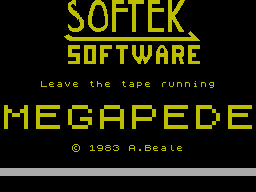
Megapede is a Centipede clone for the ZX Spectrum programmed by Andrew Beale and published by Softek in 1983. Beale also wrote a Berzerk clone, Robon, for the Spectrum.
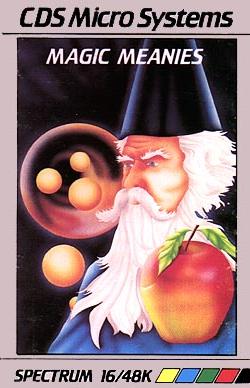
Magic Meanies is a ZX Spectrum video game developed and released by CDS Micro Systems in 1983. Magic Meanies is a clone of Universal's Mr. Do! arcade game.
Edge Games, Inc. is an American video game developer and publisher headquartered in Pasadena, California, best known for the practices of its founder and chief executive officer, Tim Langdell, in enforcing trademarks relating to the word "edge", which sources have described as "litigious".
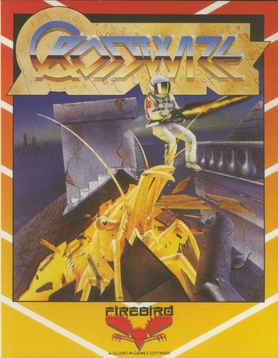
Crosswize is a shoot 'em up released by Firebird in 1988 for the ZX Spectrum home computer. It was the sequel to Sidewize.

Silicon Dreams is a trilogy of interactive fiction games developed by Level 9 Computing during the 1980s. The first game was Snowball, released during 1983, followed a year later by Return to Eden, and then by The Worm in Paradise during 1985. The next year they were vended together as the first, second and last of the Silicon Dreams.
Microsphere was a British software company formed in Muswell Hill, north London in 1982 by husband and wife team David and Helen Reidy, best known for several popular computer games in the mid 1980s.
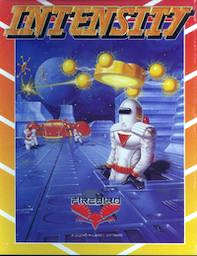
Intensity is a 1988 action game designed by Andrew Braybrook, developed by Graftgold, and published by Firebird Software. It was released for the Commodore 64 and ZX Spectrum platforms.
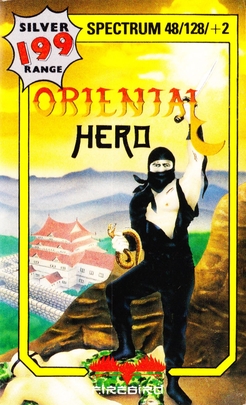
Oriental Hero is a ninja-themed side-scrolling beat-'em-up video game published in 1987 exclusively for the ZX Spectrum under the Firebird Software Silver Range label. It was developed by Tron Software as the sequel to their 1986 multi-platform release, Ninja Master.















